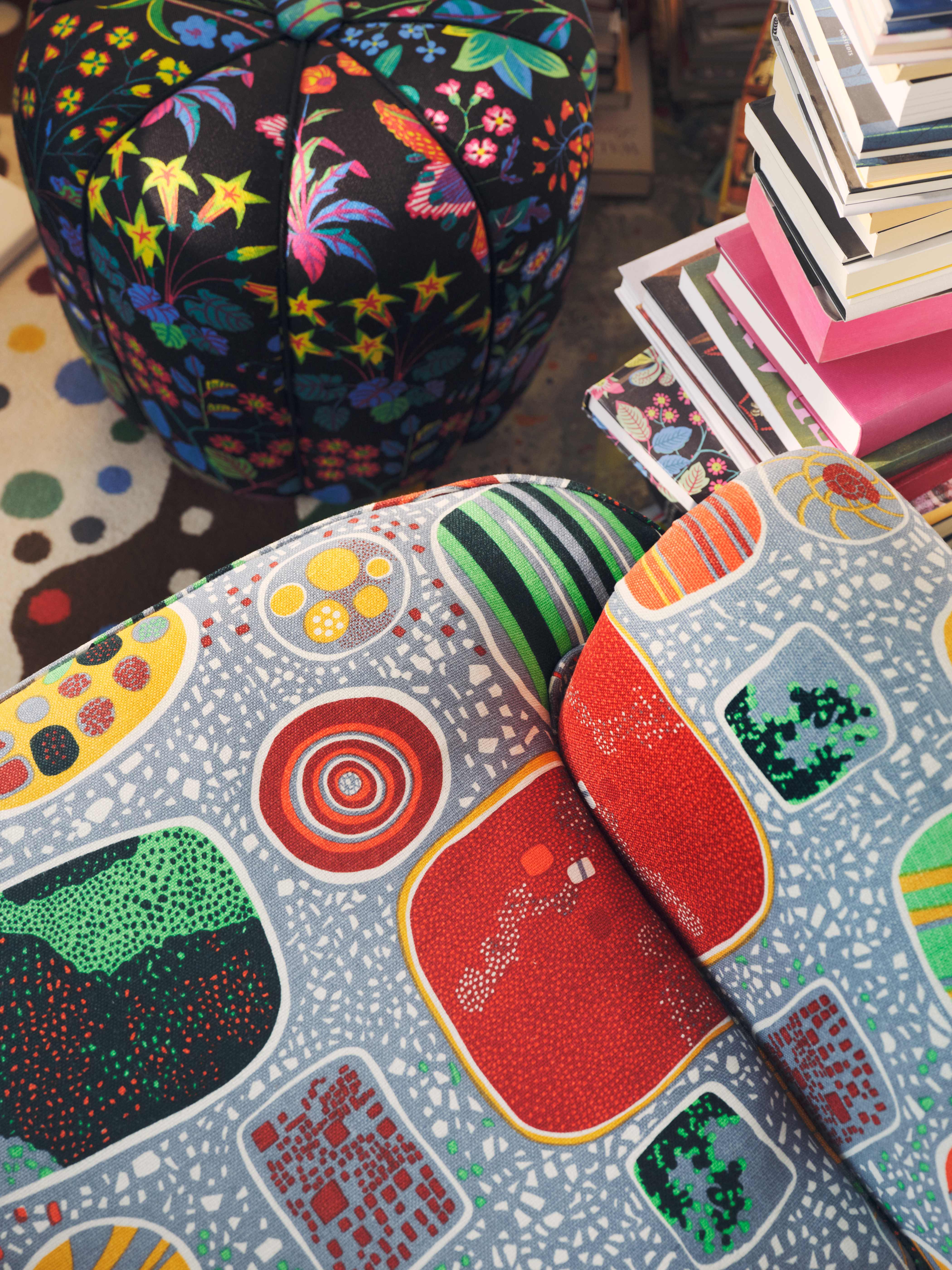Noah’s ark Nesting Table
The Noah’s Ark Nesting Table by Nils Fougstedt is produced in a limited edition of 30 units to celebrate the 100 years jubilee of Svenskt Tenn. Today, the table is hand-engraved by Michiko Englund while the woodwork is made by craftsman Martin Altwegg, following an original from the company’s archive. Each unit features a proof of authenticity in the form of a numbered plaque.

Nesting table by Nils Fougstedt and Svenskt Tenn
Nils Fougstedt (1881 – 1954) was a sculptor, pewter artist, and art craftsman. In the summer of 1924, he and Estrid Ericson founded “Konsthantverkets verkstad” where they and two other employees produced and sold pewter objects at Kungsholmstorg in Stockholm. The interest for their products grew quickly and just a few months later; in October 1924, Estrid Ericson opened Firma Svenskt Tenn with a store and workshop at Smålandsgatan through her own means. Throughout the years, Nils Fougstedt created many beautiful designs for Svenskt Tenn, such as the engraved tabletops for the Noah's Ark nesting table in 1927.
Hand engraving by Michiko Englund
It was through happenstance in December 1973 that Michiko Englund decided to learn the craft of engraving. At the time, she thought to give the profession three years. Three years that has become fifty.
In the early 2000s, Michiko Englund heard about the art of engraving being applied onto hunting weapons in Italy. She went to a hunting fair to see the craft herself. There, she met several famous engravers like Cesare Giovanelli who gave her the opportunity to work with him at Bottega Incisioni Cesare Giovanelli in Brescia.
Her collaboration with Svenskt Tenn began many years ago and Michiko Englund was one of the craftsmen who engraved the Stockholm table by Josef Frank and Nils Fougstedt in 2011. For the 100 years anniversary of Svenskt Tenn, she has been commissioned to engrave the Noah’s Ark Nesting table.
Michiko Englund“I am the artisan, Nils Fougstedt is the designer. My role is to bring
his work to life and interpret his creative expression. My task is to get as close to the original as possible.”
Working method and process
The highly detailed motif makes this a challenging task. The textured hides of the animals, shadows and gradients require precision and specific techniques to engrave. Before getting on with the task, Michiko went deep into researching what tools were used in the 1920s and 1930s when the original motif was designed. Months of preparations amounted into a combined set of inherited, borrowed, and modern tools.
Through this use of both old and modern equipment; traditional and personal techniques, Michiko meticulously recreated the design as close to the original as possible. Having a background in jewellery engraving, no detail is too minute for Michiko Englund in her role as a craftsman for Svenskt Tenn.









